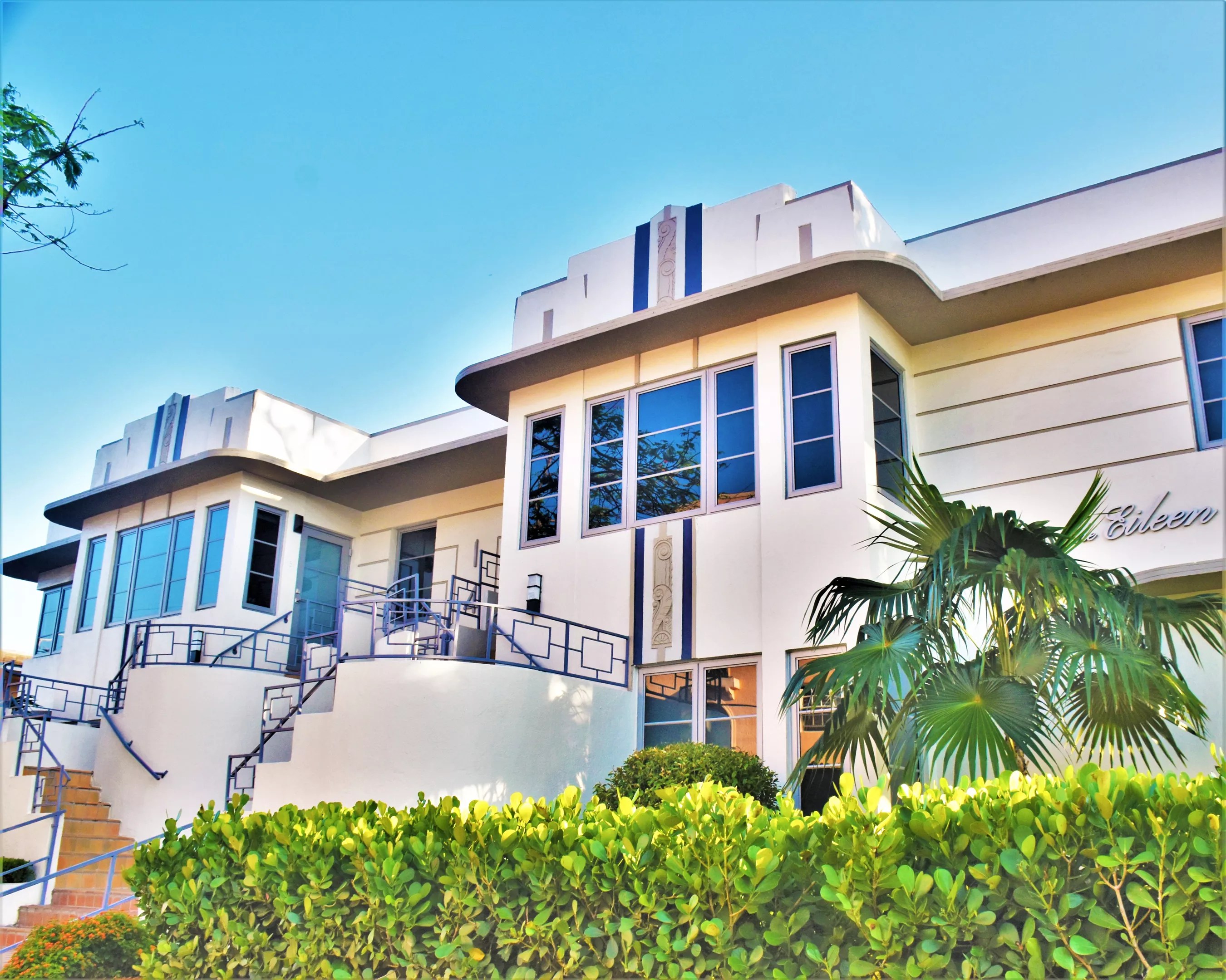
Photo by Steve Wright

Audio By Carbonatix
When constructed a century ago, their stately façades and unexpectedly intricate details made them stand out like so many jewels adorning a crown. Today, the historic homes that proudly line the streets of Little Havana somehow shine even brighter among a slew of white-washed, gray vinyl-floored, modern apartment boxes.
A photo exhibition celebrating the beauty of Little Havana’s historic homes and commercial buildings, “Save My Little Havana,” is on view through November at the Art Deco Welcome Center’s Art Deco Museum in Miami Beach.
Writer and photographer Steve Wright captured each of the 30 or so photos in this exhibit while taking long walks in his neighborhood, a routine that began in efforts to improve Wright’s physical health and evolved into a personal project marked by passion and pride. The sights that moved Wright most on his walks around Little Havana weren’t the frequently photographed, larger-than-life ice cream cone sitting atop Azucar Ice Cream Company nor the tables of cigar smokers playing dominos in Máximo Gómez Park. Rather, Wright found endless beauty and wonder hiding in plain sight on Little Havana’s residential roads.
“When people see this photo exhibit, some may say, ‘Oh crap, I don’t see the roosters on Calle Ocho,’ or ‘I don’t see any of the famous buildings.’ All of my photos are off the beaten path. They’re all images that a typical visitor wouldn’t see,” Wright explains. “It’s a lot of East Little Havana, where there are these little, three-story, Mediterranean apartment buildings. They’re brightly painted, and they’ve got the little medallions, little eyebrows, and very pronounced, decorative stairways to the upper floor. Some images are of art deco buildings that looked like they’d be at home in Miami Beach, which I thought was a fun juxtaposition since everybody thinks of Ocean Drive when they think of art deco.”
Will you step up to support New Times this year?
At New Times, we’re small and scrappy — and we make the most of every dollar from our supporters. Right now, we’re $18,000 away from reaching our December 31 goal of $30,000. If you’ve ever learned something new, stayed informed, or felt more connected because of New Times, now’s the time to give back.
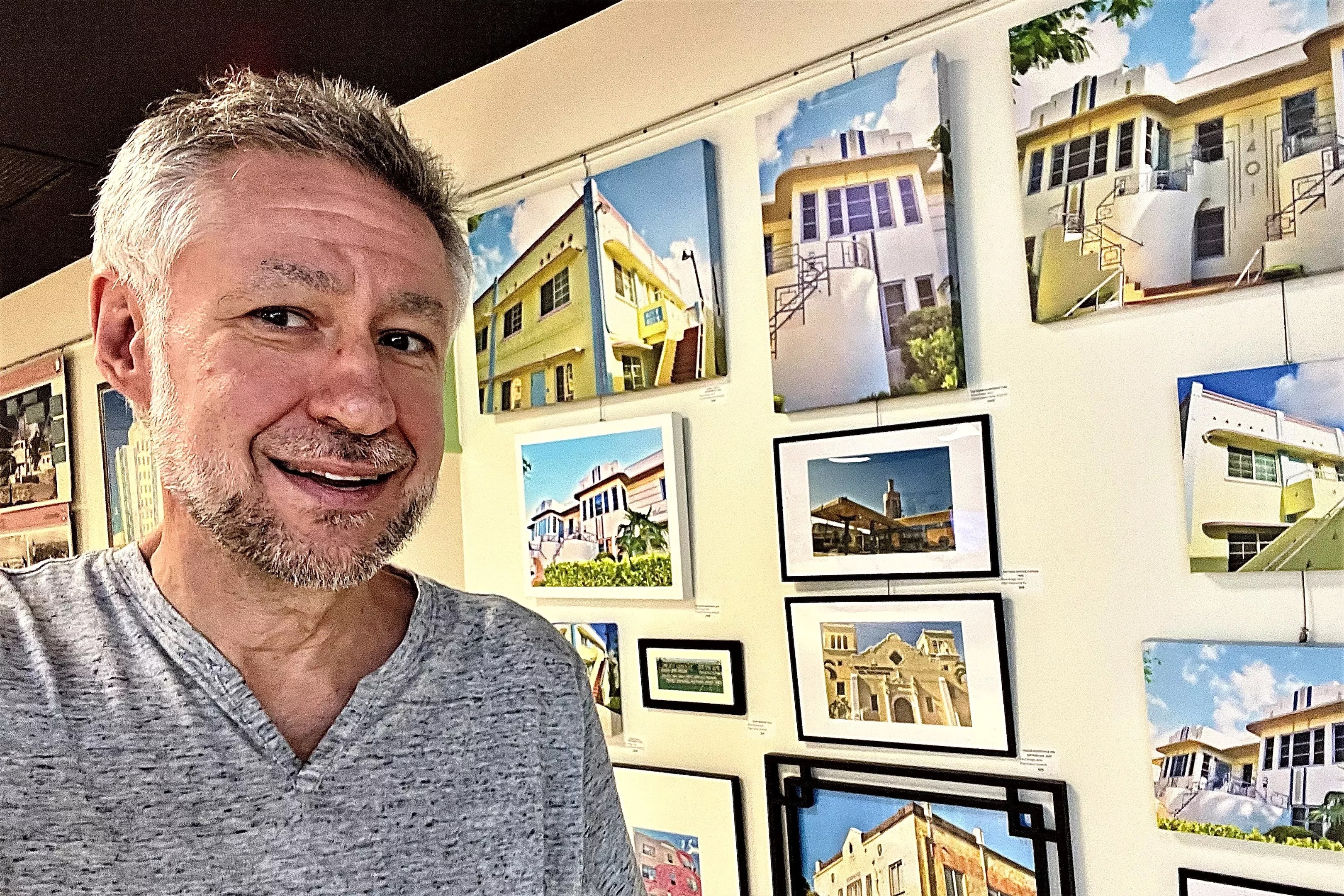
“Save My Little Havana” was inspired by the photographer’s experiences rehabilitating his 1920s Spanish Mission-style home in the Shenandoah area of Little Havana.
Photo by Steve Wright
Wright’s enthusiasm for preserving Little Havana’s historic buildings was cemented while rehabbing his own 1922 Spanish mission-style home with its wall of huge bay windows in Shenandoah, a particularly storied area of Little Havana stretching from Calle Ocho to Coral Way between Southwest 12th and 27th Avenues. Wright says though the neighborhood doesn’t remind him much of his native Ohio, it instantly felt like home.
“I’m five blocks south of Calle Ocho. I’m almost walking distance from the edge of downtown Coral Gables and biking distance from Coconut Grove and Brickell. When I moved here, I just thought, What a great base of operations in an area with such character,” Wright recalls. “One of my neighbors is a big Santería practitioner, so that was my zero-to-60 Midwestern-boy introduction into Miami.”
Included among the scenes of “Save My Little Havana” are images of the Eileen, a century-old building at 1401 SW Fifth St. that was rehabilitated into a set of four apartments by the Dade Heritage Trust in 2021, with funds approved by the Miami-Dade commissioners through the Department of Public Housing and Community Development’s Naturally Occurring Affordable Housing Preservation Rehabilitation Loan Program. With the inclusion of Little Havana on the National Trust for Historic Preservation’s list of America’s 11 Most Endangered Historic Places, it’s become increasingly clear to Miami’s lawmakers and citizens alike that Little Havana’s historic buildings have staying power.
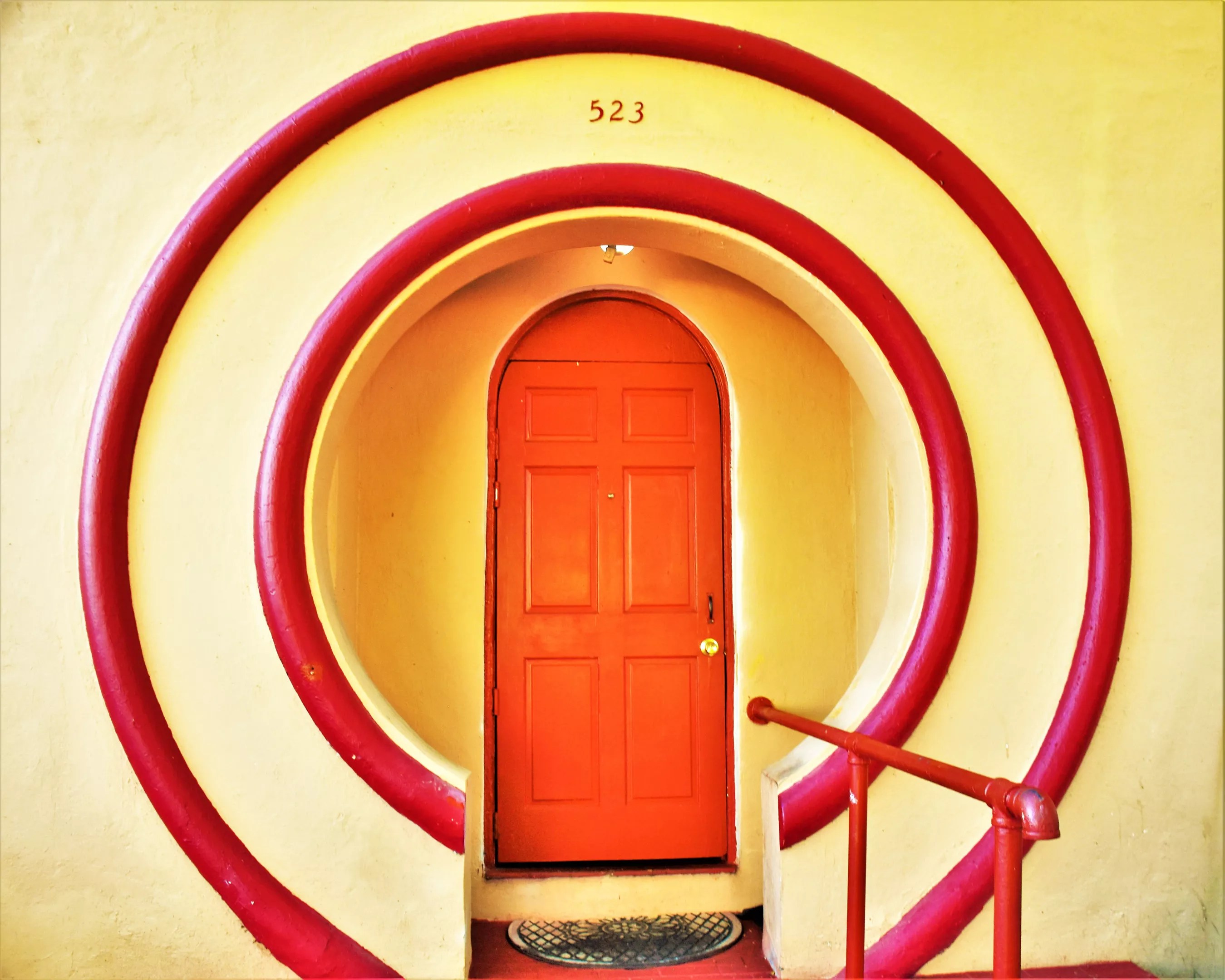
“Little Havana has been referred to as Miami’s Ellis Island and a symbol of the immigrant spirit,” says Miami Design Preservation League executive director Daniel Ciraldo.
Photo by Steve Wright
As executive director of the Miami Design Preservation League (MDPL), Daniel Ciraldo works to ensure Little Havana doesn’t face the same overdevelopment and subsequent cultural displacement and erasure that many neighborhoods in Miami currently experience.
“MDPL was involved in the preservation efforts for a part of East Little Havana, which took place in 2015. From there, the National Trust for Historic Preservation recognized the significance of the neighborhood, and working together with local groups, they declared Little Havana to be a national treasure, leading to additional investment and the undertaking of a revitalization plan to preserve and promote the area,” Ciraldo says. “We want to make sure that the sense of community is preserved. Too often in Miami, developers come in and simply try to erase the very essence of what makes each neighborhood distinctive and resilient. We believe that identifying, protecting, and promoting this neighborhood will lend more cultural value to the place and lead to more thoughtful investment and development.”
The diversity of historical architecture that still proudly lines Little Havana’s streets – the gleaming white stucco of Mediterranean homes offsetting their fiery red roofs, for example, or the geometric motifs and horseshoe arches of Moorish-designed buildings – reflects the varied histories and cultures of the many groups who have called and still call Little Havana home. According to HistoryMiami Museum resident historian Paul George, what’s known today as Little Havana used to be two distinct neighborhoods: Riverside to the north and Shenandoah to the south. In the mid-1920s, George says a real estate boom radically transformed Miami, and both Riverside and Shenandoah became homes to a growing Jewish population. By the 1960s, however, George says many left these neighborhoods for newer suburbs, leaving behind abandoned buildings that increasingly served as homes and businesses for immigrants, namely Cubans. George says this multicultural history makes Little Havana such a jewel among South Florida’s many neighborhoods.
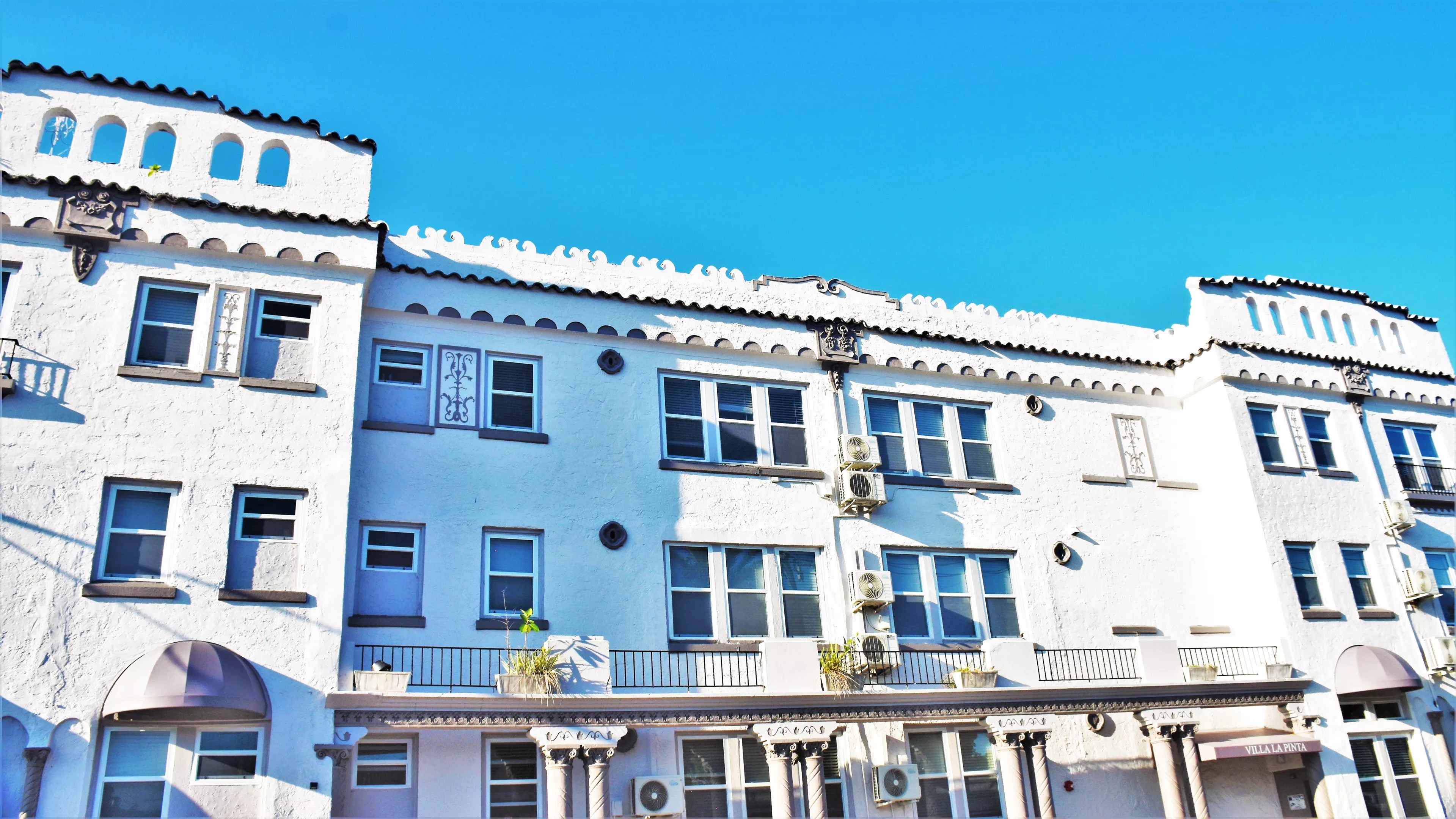
“Save My Little Havana” is a collection of around 30 photographs documenting off-the-beaten-path, architectural gems photographer Steve Wright spotted on long walks.
Photo by Steve Wright
“The layers of people who have called Little Havana home – be that southern whites 100-plus years ago, white and Black Bahamians, Jewish communities, Cubans, Nicaraguans or Guatemalans – they’re the reason why it’s so important to recognize that rich history and preserve this neighborhood,” he says. “It has always been a darling neighborhood. It’s where people came from under the oppressive governments of other countries to find the American dream of freedom and economic opportunity. Little Havana is a symbol of the zest people have for opportunity.”
“Save My Little Havana” is part of the Art Deco Welcome Center’s Featured Local Artist program, which means these works will be available to purchase, with half of the proceeds benefiting the Miami Design Preservation League. Wright says he hopes this exhibition sparks passion in its viewers, who may recognize the exhilaration he felt while snapping each of these photos. Ciraldo says this exhibition can galvanize Art Deco Museum visitors – often tourists from all over the country and world – to aid in ongoing efforts to preserve Little Havana’s historic buildings.
“With its strategic location in the heart of the Art Deco District of South Beach, the exhibit will promote Little Havana to visitors from around the world and residents who want to learn more. We hope this will also lead to more in-person visits and tours of the area,” Ciraldo says. “We hope that the exhibit will lead to additional incentives to protect this nationally significant neighborhood.”
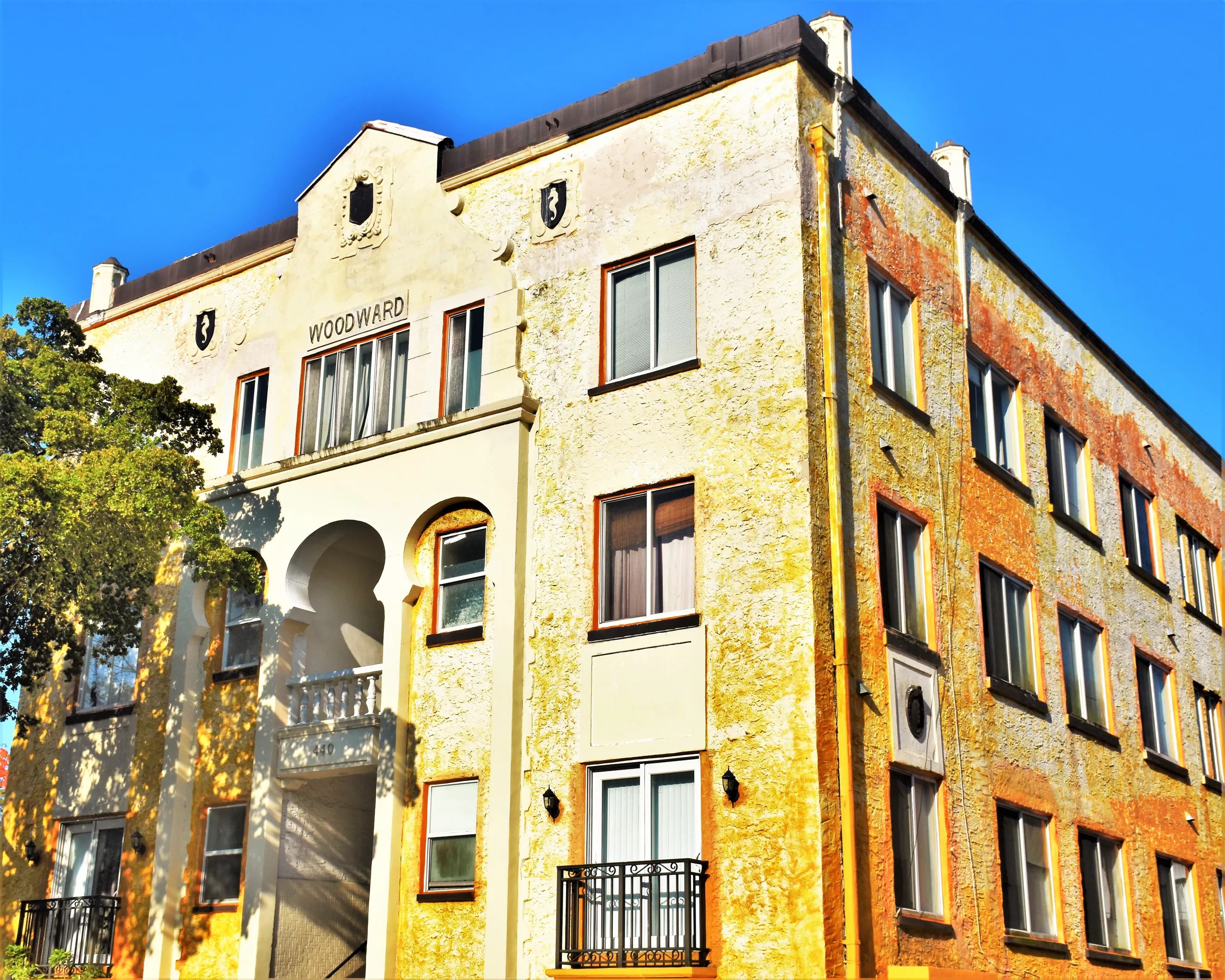
“Little Havana has a similar architectural vocabulary to Miami Beach in that the period of development was in the 1920s and 1930s,” says Miami Design Preservation League executive director Daniel Ciraldo.
Photo by Steve Wright
“Save My Little Havana” serves as a full-circle moment for Wright, a native of Ohio who became a Miamian in 2000 after experiencing a Miami Design Preservation League guided tour and falling in love with the Magic City’s rich architectural history. Wright encourages all who visit the exhibition to consider the mutually beneficial relationship we could each have with our city’s historic buildings.
“Nowadays, you get one or two stories of parking decks that are not pretty. You get cookie-cutter units and usually don’t get the prettier finishes. I’m not saying all zoning should be capped at three stories; I’m just saying, make room for the historic. Make room for the authentic in your life,” Wright says. “I do feel like our lives are richer for gorgeous buildings.”
“Save My Little Havana.” On view through mid-November, at the Miami-Dade Preservation League’s Art Deco Museum, 1001 Ocean Dr., Miami Beach; 305-672-2014; mdpl.org. Admission costs $5; free for Miami-Dade County residents.